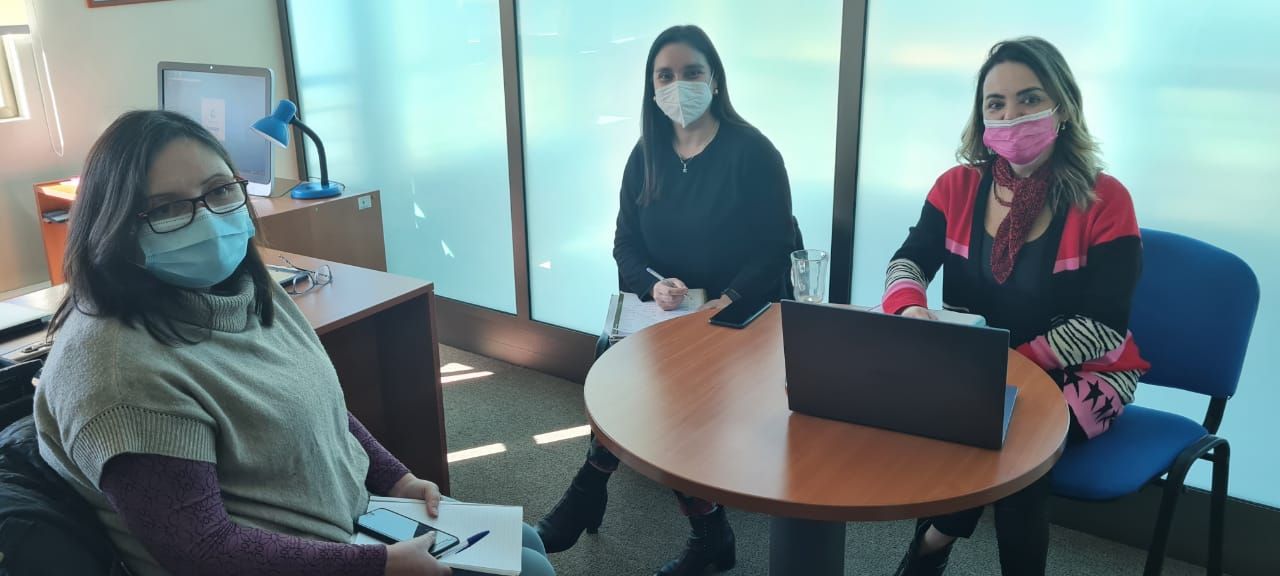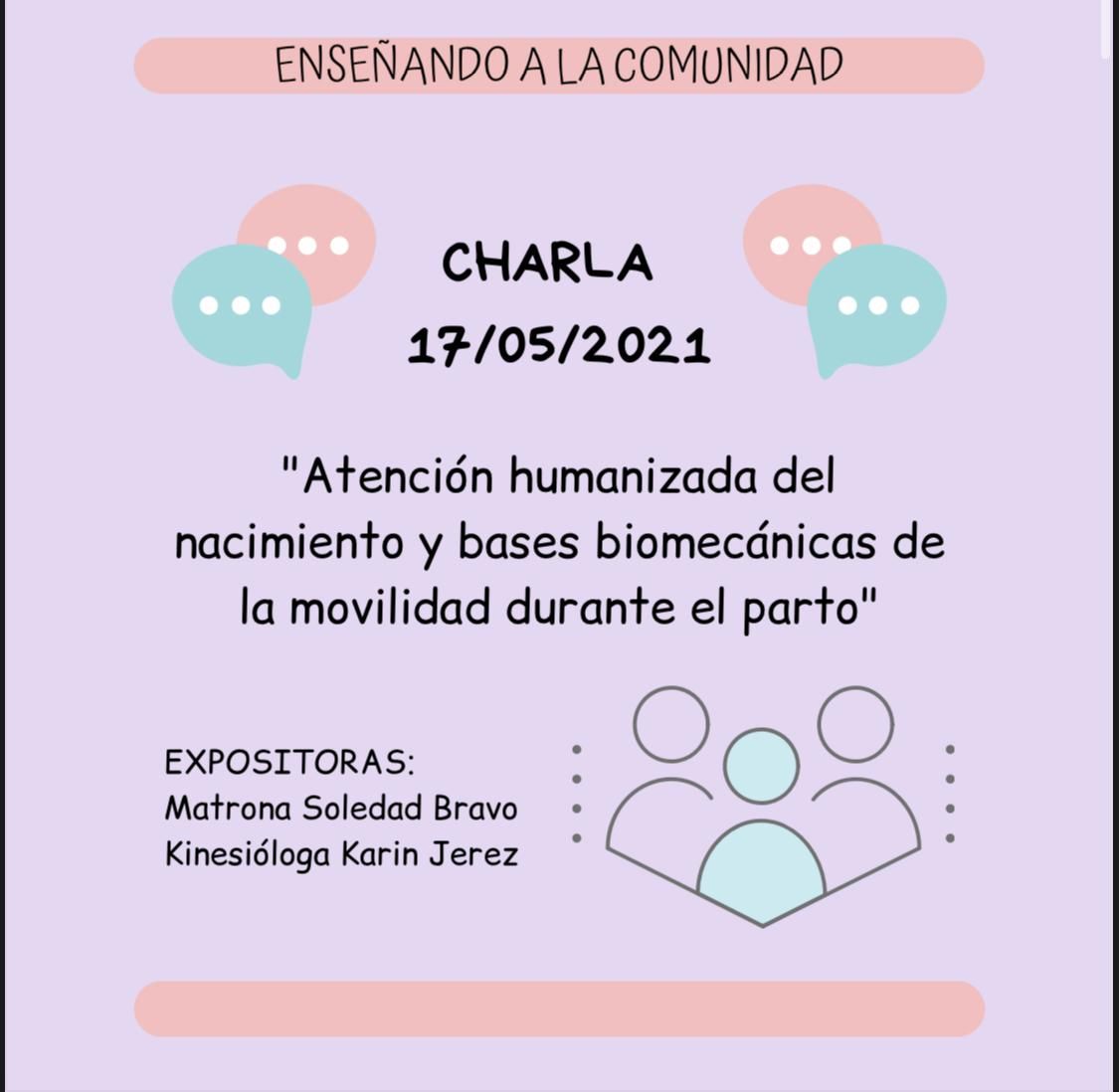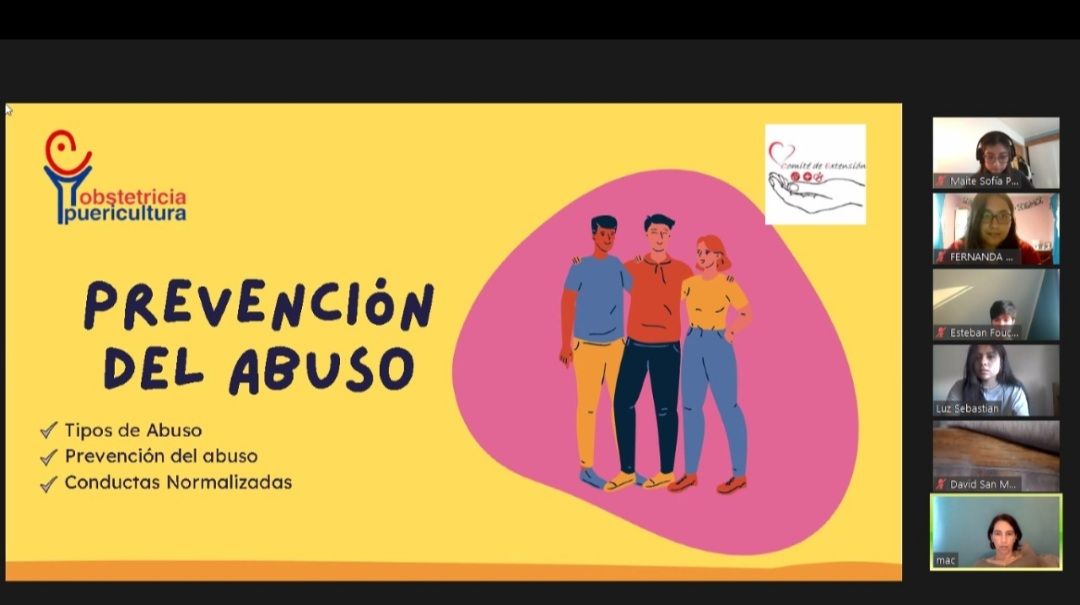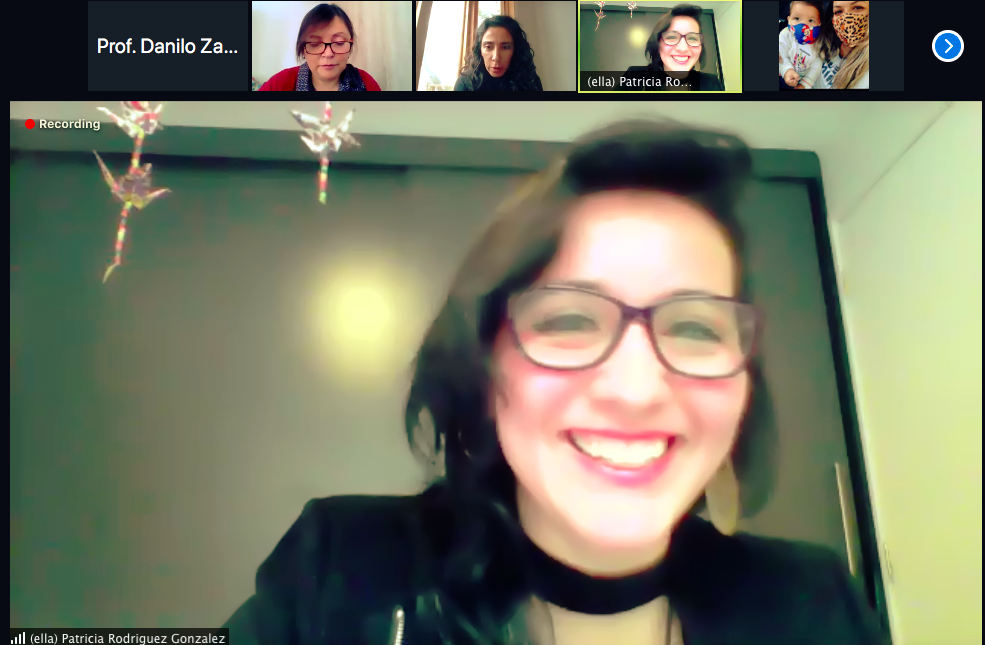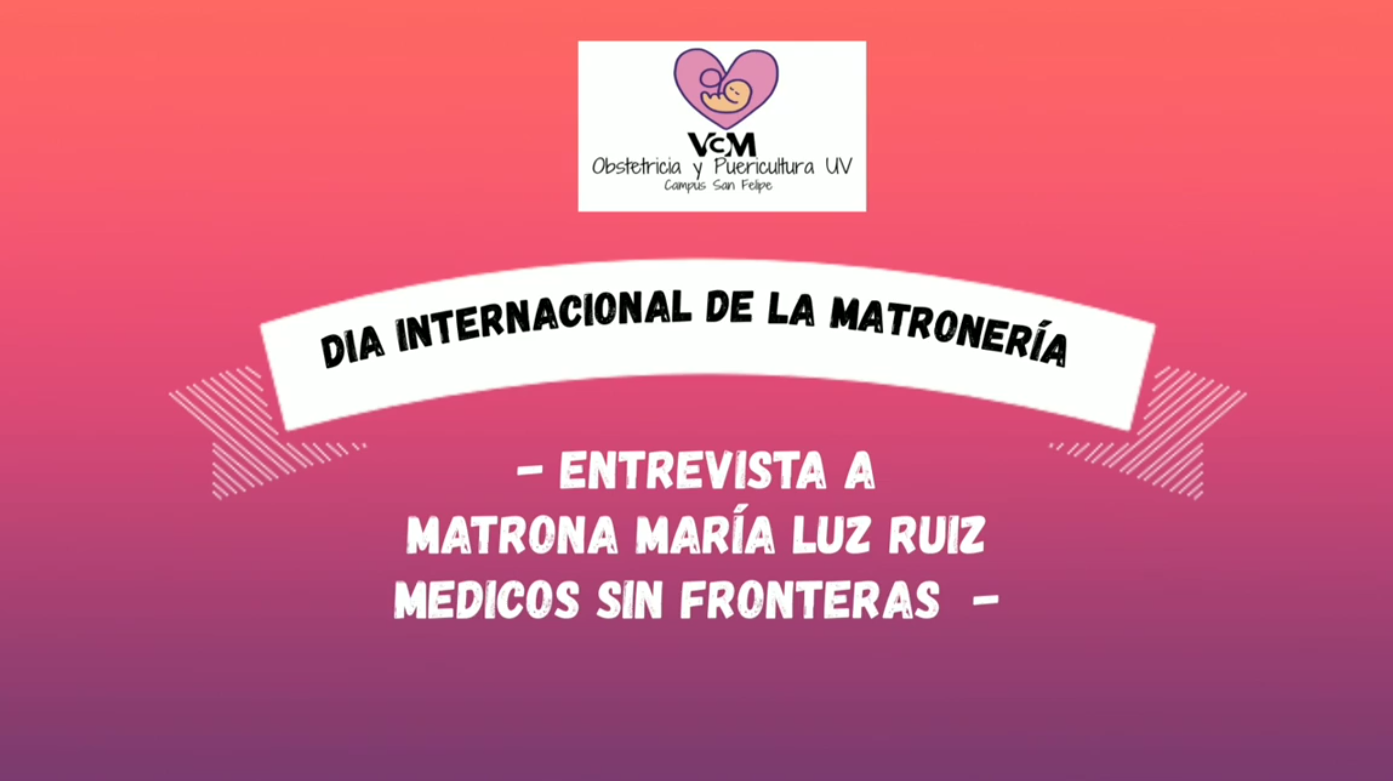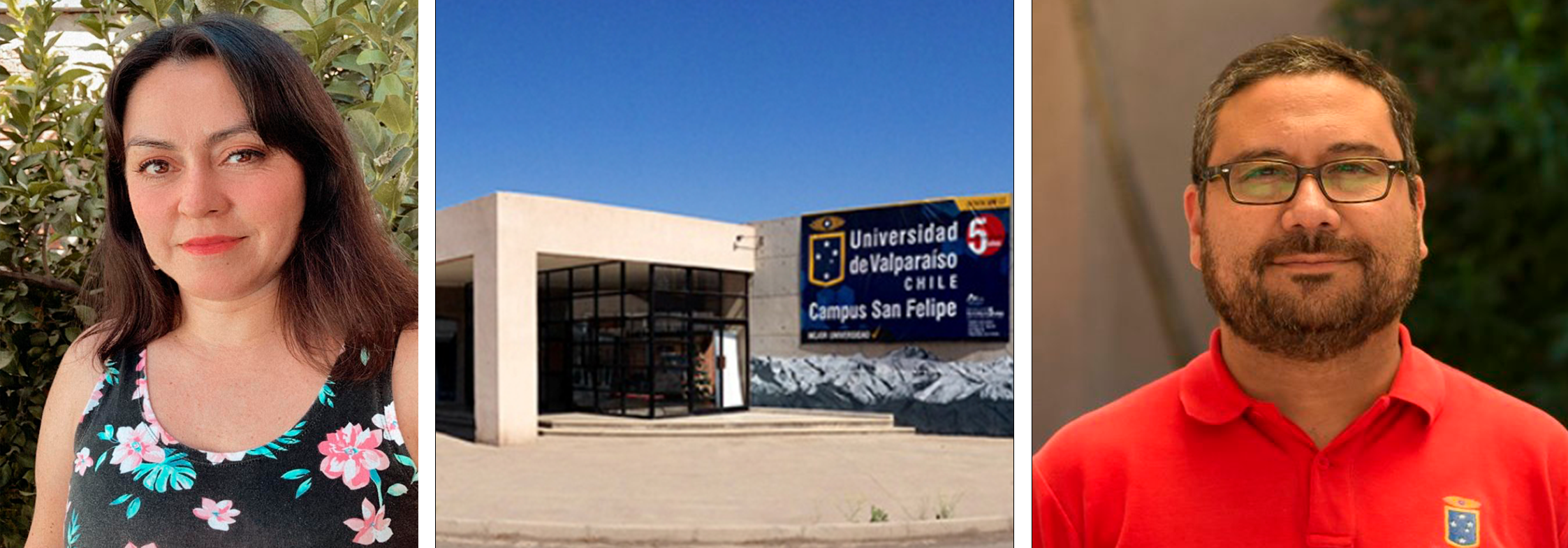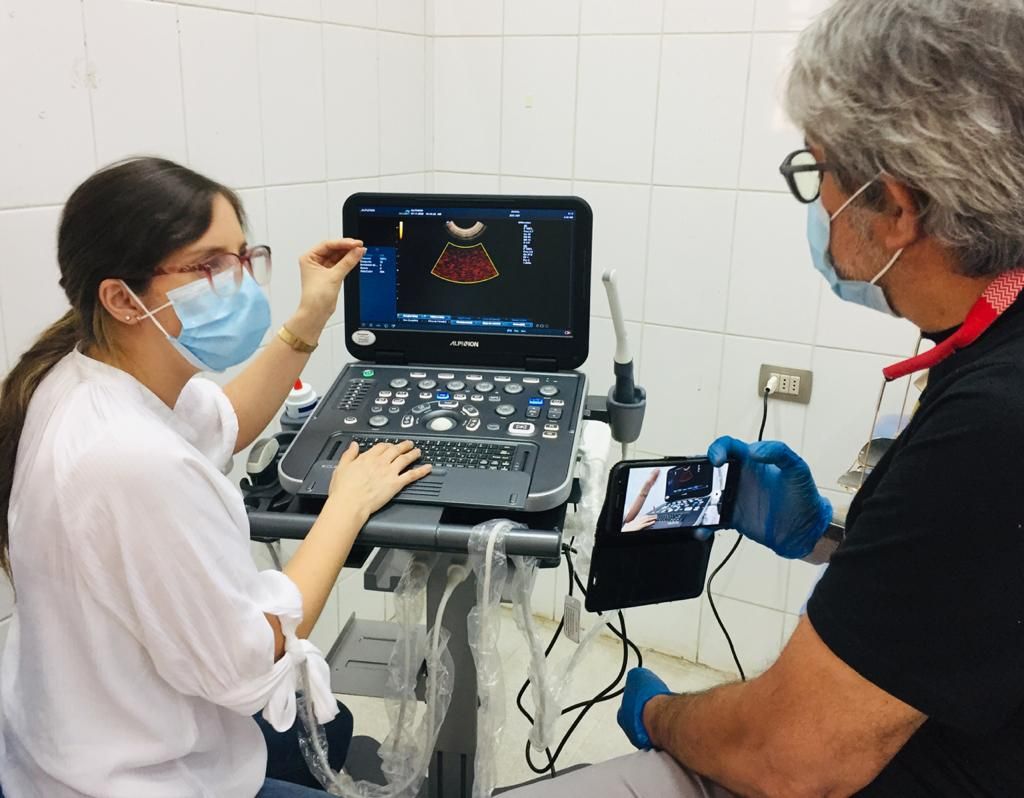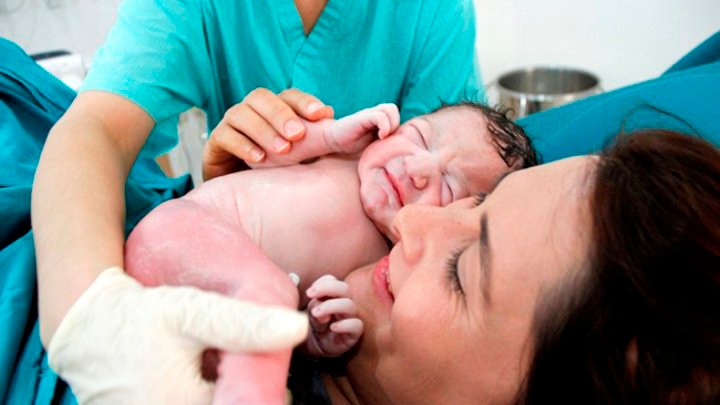Inicio del plan retorno seguro de nuestras actividades académicas y administrativas
[et_pb_section bb_built=»1″][et_pb_row][et_pb_column type=»4_4″][et_pb_text _builder_version=»4.9.4″ text_text_shadow_horizontal_length=»text_text_shadow_style,%91object Object%93″ text_text_shadow_horizontal_length_tablet=»0px» text_text_shadow_vertical_length=»text_text_shadow_style,%91object Object%93″ text_text_shadow_vertical_length_tablet=»0px» text_text_shadow_blur_strength=»text_text_shadow_style,%91object Object%93″ text_text_shadow_blur_strength_tablet=»1px» text_orientation=»justified» link_text_shadow_horizontal_length=»link_text_shadow_style,%91object Object%93″ link_text_shadow_horizontal_length_tablet=»0px» link_text_shadow_vertical_length=»link_text_shadow_style,%91object Object%93″ link_text_shadow_vertical_length_tablet=»0px» link_text_shadow_blur_strength=»link_text_shadow_style,%91object Object%93″ link_text_shadow_blur_strength_tablet=»1px» ul_text_shadow_horizontal_length=»ul_text_shadow_style,%91object Object%93″ ul_text_shadow_horizontal_length_tablet=»0px» ul_text_shadow_vertical_length=»ul_text_shadow_style,%91object Object%93″ ul_text_shadow_vertical_length_tablet=»0px» ul_text_shadow_blur_strength=»ul_text_shadow_style,%91object Object%93″ ul_text_shadow_blur_strength_tablet=»1px» ol_text_shadow_horizontal_length=»ol_text_shadow_style,%91object Object%93″ ol_text_shadow_horizontal_length_tablet=»0px» ol_text_shadow_vertical_length=»ol_text_shadow_style,%91object Object%93″ ol_text_shadow_vertical_length_tablet=»0px» ol_text_shadow_blur_strength=»ol_text_shadow_style,%91object Object%93″ ol_text_shadow_blur_strength_tablet=»1px» quote_text_shadow_horizontal_length=»quote_text_shadow_style,%91object Object%93″ quote_text_shadow_horizontal_length_tablet=»0px» quote_text_shadow_vertical_length=»quote_text_shadow_style,%91object Object%93″ quote_text_shadow_vertical_length_tablet=»0px» quote_text_shadow_blur_strength=»quote_text_shadow_style,%91object Object%93″ quote_text_shadow_blur_strength_tablet=»1px» header_text_shadow_horizontal_length=»header_text_shadow_style,%91object Object%93″ header_text_shadow_horizontal_length_tablet=»0px» header_text_shadow_vertical_length=»header_text_shadow_style,%91object Object%93″ header_text_shadow_vertical_length_tablet=»0px» header_text_shadow_blur_strength=»header_text_shadow_style,%91object Object%93″ header_text_shadow_blur_strength_tablet=»1px» header_2_text_shadow_horizontal_length=»header_2_text_shadow_style,%91object Object%93″ header_2_text_shadow_horizontal_length_tablet=»0px» header_2_text_shadow_vertical_length=»header_2_text_shadow_style,%91object Object%93″ header_2_text_shadow_vertical_length_tablet=»0px» header_2_text_shadow_blur_strength=»header_2_text_shadow_style,%91object Object%93″ header_2_text_shadow_blur_strength_tablet=»1px» header_3_text_shadow_horizontal_length=»header_3_text_shadow_style,%91object Object%93″ header_3_text_shadow_horizontal_length_tablet=»0px» header_3_text_shadow_vertical_length=»header_3_text_shadow_style,%91object Object%93″ header_3_text_shadow_vertical_length_tablet=»0px» header_3_text_shadow_blur_strength=»header_3_text_shadow_style,%91object Object%93″ header_3_text_shadow_blur_strength_tablet=»1px» header_4_text_shadow_horizontal_length=»header_4_text_shadow_style,%91object Object%93″ header_4_text_shadow_horizontal_length_tablet=»0px» header_4_text_shadow_vertical_length=»header_4_text_shadow_style,%91object Object%93″ header_4_text_shadow_vertical_length_tablet=»0px» header_4_text_shadow_blur_strength=»header_4_text_shadow_style,%91object Object%93″ header_4_text_shadow_blur_strength_tablet=»1px» header_5_text_shadow_horizontal_length=»header_5_text_shadow_style,%91object Object%93″ header_5_text_shadow_horizontal_length_tablet=»0px» header_5_text_shadow_vertical_length=»header_5_text_shadow_style,%91object Object%93″ header_5_text_shadow_vertical_length_tablet=»0px» header_5_text_shadow_blur_strength=»header_5_text_shadow_style,%91object Object%93″ header_5_text_shadow_blur_strength_tablet=»1px» header_6_text_shadow_horizontal_length=»header_6_text_shadow_style,%91object Object%93″ header_6_text_shadow_horizontal_length_tablet=»0px» header_6_text_shadow_vertical_length=»header_6_text_shadow_style,%91object Object%93″ header_6_text_shadow_vertical_length_tablet=»0px» header_6_text_shadow_blur_strength=»header_6_text_shadow_style,%91object Object%93″ header_6_text_shadow_blur_strength_tablet=»1px» box_shadow_horizontal_tablet=»0px» box_shadow_vertical_tablet=»0px» box_shadow_blur_tablet=»40px» box_shadow_spread_tablet=»0px» vertical_offset_tablet=»0″ horizontal_offset_tablet=»0″ z_index_tablet=»0″]
Hoy el Equipo Directivo de nuestra Escuela, conformado por la Directora de Escuela, prof. Dra. Paula Oyarzun Andrades, Directora de Depto. Salud Pública y Comunitaria, Prof. Maritza Cofré Conejeros, Directora Depto. Salud Fetal y Neonatal y Coordinadora de Campos Clínicos, Prof. Ingrid Sepúlveda Canales, Directora de Depto. Salud Sexual y Reproductiva, Prof. Dra. Claudia Gutierrez Mella y también con el apoyo de nuestros/as Secretario y Secretarias de nuestra Escuela, Don Manuel Abarca, Srta. Nicole Varas y Sra. Marion Salas, Sra. Claudia Gálvez, se da inicio al retorno seguro de nuestras actividades académicas y administrativas, con el objetivo de implementar toda la planificación realizada en marzo 2021 para un regreso progresivo de los/las/les estudiantes.
Destacar que durante la semana gran parte de los/las docentes realizará turnos en nuestra Escuela para participar de la entrega de kits de talleres virtuales a los/las estudiantes.
[/et_pb_text][et_pb_gallery _builder_version=»4.9.4″ gallery_ids=»32547,32548,32549,32550″ show_title_and_caption=»off» show_pagination=»off» zoom_icon_color=»#2ea3f2″ hover_overlay_color=»rgba(255,255,255,0.9)» box_shadow_horizontal_image_tablet=»0px» box_shadow_vertical_image_tablet=»0px» box_shadow_blur_image_tablet=»40px» box_shadow_spread_image_tablet=»0px» text_shadow_horizontal_length=»text_shadow_style,%91object Object%93″ text_shadow_horizontal_length_tablet=»0px» text_shadow_vertical_length=»text_shadow_style,%91object Object%93″ text_shadow_vertical_length_tablet=»0px» text_shadow_blur_strength=»text_shadow_style,%91object Object%93″ text_shadow_blur_strength_tablet=»1px» title_text_shadow_horizontal_length=»title_text_shadow_style,%91object Object%93″ title_text_shadow_horizontal_length_tablet=»0px» title_text_shadow_vertical_length=»title_text_shadow_style,%91object Object%93″ title_text_shadow_vertical_length_tablet=»0px» title_text_shadow_blur_strength=»title_text_shadow_style,%91object Object%93″ title_text_shadow_blur_strength_tablet=»1px» caption_text_shadow_horizontal_length=»caption_text_shadow_style,%91object Object%93″ caption_text_shadow_horizontal_length_tablet=»0px» caption_text_shadow_vertical_length=»caption_text_shadow_style,%91object Object%93″ caption_text_shadow_vertical_length_tablet=»0px» caption_text_shadow_blur_strength=»caption_text_shadow_style,%91object Object%93″ caption_text_shadow_blur_strength_tablet=»1px» pagination_text_shadow_horizontal_length=»pagination_text_shadow_style,%91object Object%93″ pagination_text_shadow_horizontal_length_tablet=»0px» pagination_text_shadow_vertical_length=»pagination_text_shadow_style,%91object Object%93″ pagination_text_shadow_vertical_length_tablet=»0px» pagination_text_shadow_blur_strength=»pagination_text_shadow_style,%91object Object%93″ pagination_text_shadow_blur_strength_tablet=»1px» box_shadow_horizontal_tablet=»0px» box_shadow_vertical_tablet=»0px» box_shadow_blur_tablet=»40px» box_shadow_spread_tablet=»0px» vertical_offset_tablet=»0″ horizontal_offset_tablet=»0″ z_index_tablet=»0″ /][/et_pb_column][/et_pb_row][/et_pb_section]


